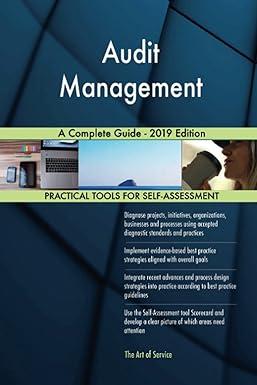Question
Using this information: At the end of the first month of opening your business, you calculate the actual operating costs of the business and the
Using this information:
At the end of the first month of opening your business, you calculate the actual operating costs of the business and the income you earned. You also notice and document the difference in what you budgeted for certain materials and labor against the actual amounts you spent on the same.
For your statement of cost of goods sold, use the following data regarding the actual costs incurred by the business over the past month:
- Materials purchased: $20,000
- Consumed 80% of the purchased materials
- Direct labor: $8,493
- Overhead costs: $3,765
Note: Assume that the beginning materials and ending work in process are zero for the month.
Use the following revenue and cost information for the income statement. Note that the revenue you use will depend on the pricing level options you chose in Milestone Two. Also, assume that after accounting for weekends and other holidays, there were 20 business days in the first month of operation. For example, if you chose a sales price of $20 per collar, the actual number of collars sold in the month was 33 per day or 33 x 20 = 660 per month.
| Established Sales Price | Number of Items Sold per Day |
|---|---|
| Collars | |
| $20 | 33 |
| $24 | 28 |
| $28 | 23 |
| Leashes | |
| $22 | 28 |
| $26 | 23 |
| $30 | 18 |
| Harnesses | |
| $25 | 25 |
| $30 | 22 |
| $35 | 20 |
The other costs incurred by the business include:
- General and administrative salaries
- Receptionist: $1,950
- Office supplies: $200
- Other business equipment: $150
Variance
At the end of the month, you find that the labor and materials spent on manufacturing collars was different from what you estimated:
- The collar maker had to work nine hours a day instead of eight due to an increased demand for collars.
- Because of the increased demand, the hourly rate you paid your employee for making the collars increased to $16.50.
- An increase in the cost of raw material led the direct material cost per collar to increase to $10.
- However, you also made and sold 60 more collars than you expected to sell in the month.

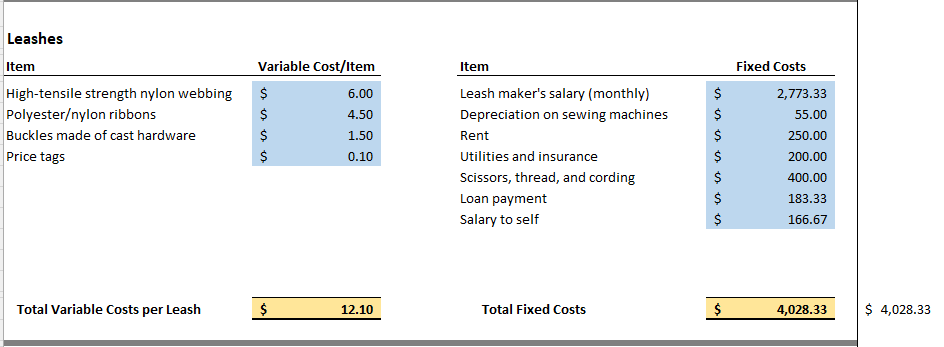
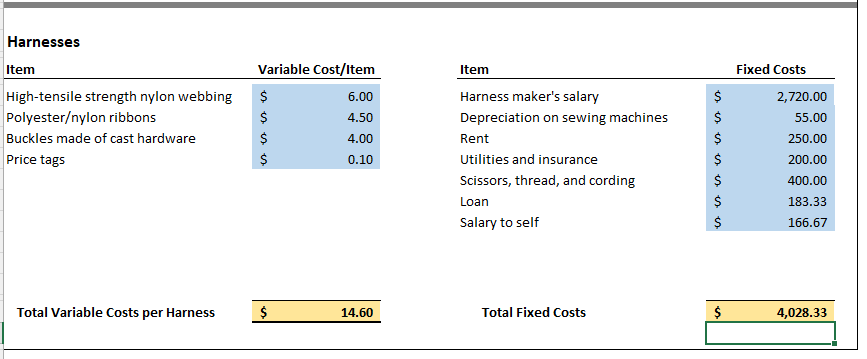
Help with:
1.

2.
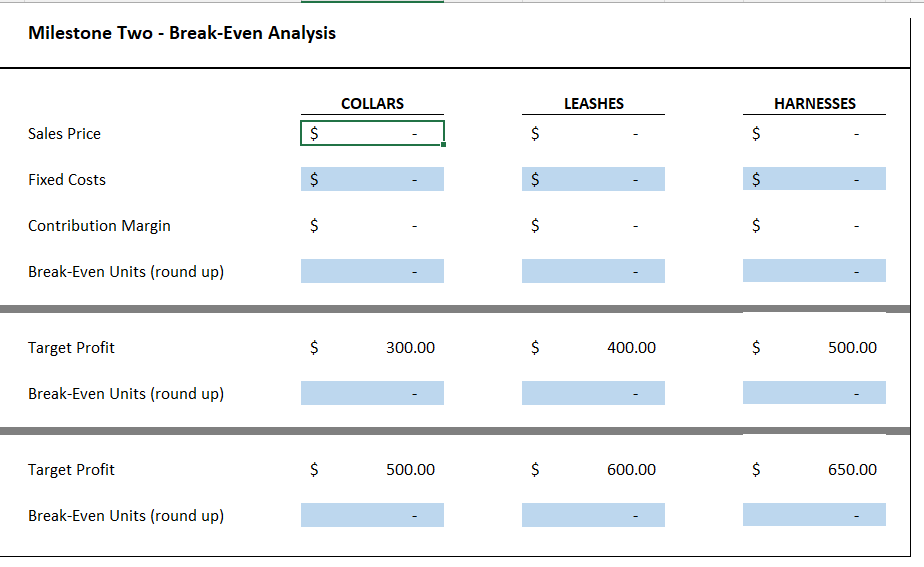
3.
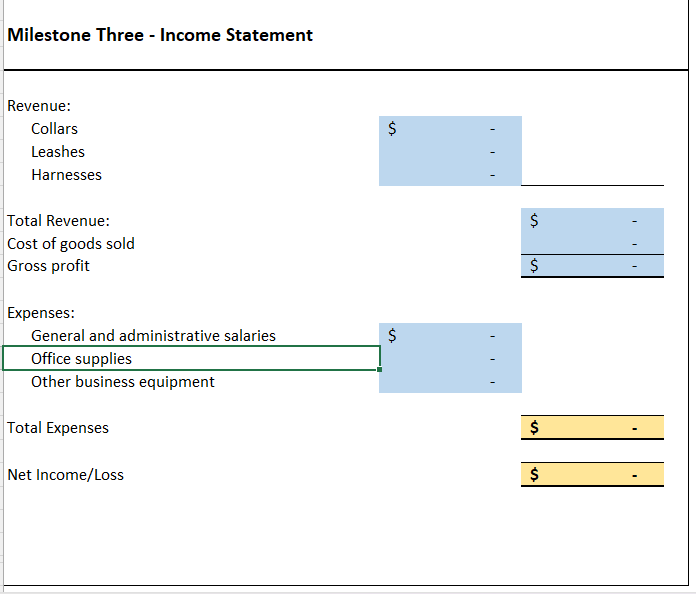
4.
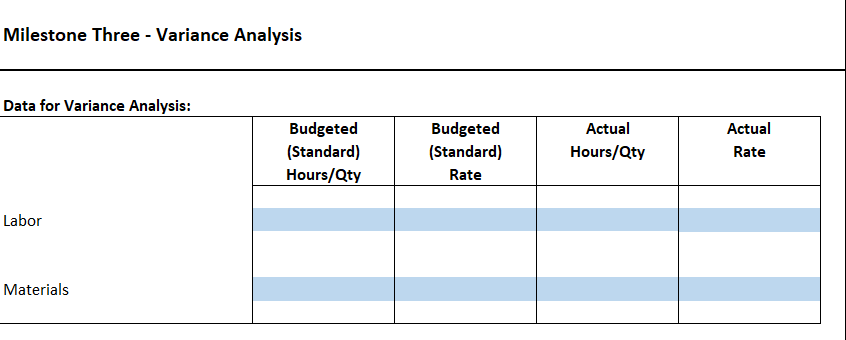
5.
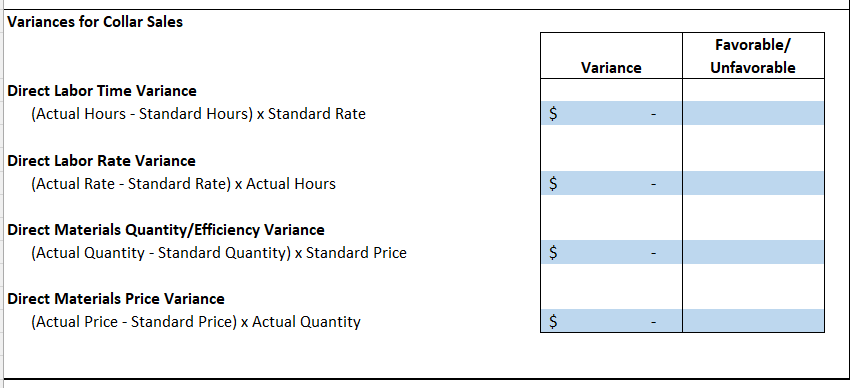 Milestone One - Variable and Fixed Costs Leashes \begin{tabular}{lll} Item & \multicolumn{2}{l}{ Variable Cost/Item } \\ \hline High-tensile strength nylon webbing & $ & 6.00 \\ Polyesterylon ribbons & $ & 4.50 \\ Buckles made of cast hardware & $ & 1.50 \\ Price tags & $ & 0.10 \end{tabular} \begin{tabular}{lrr} Item & \multicolumn{2}{c}{ Fixed Costs } \\ \hline Leash maker's salary (monthly) & $ & 2,773.33 \\ Depreciation on sewing machines & $ & 55.00 \\ Rent & $ & 250.00 \\ Utilities and insurance & $ & 200.00 \\ Scissors, thread, and cording & $ & 400.00 \\ Loan payment & $ & 183.33 \\ Salary to self & $ & 166.67 \end{tabular} Total Variable Costs per Leash \begin{tabular}{ll} $12.10 \\ \hline \end{tabular} Total Fixed Costs \begin{tabular}{l} $4,028.33 \\ \hline \end{tabular} $4,028.33 Harnesses \begin{tabular}{lll} Item & \multicolumn{2}{c}{ Variable Cost/Item } \\ \hline High-tensile strength nylon webbing & $ & 6.00 \\ Polyesterylon ribbons & $ & 4.50 \\ Buckles made of cast hardware & $ & 4.00 \\ Price tags & $ & 0.10 \end{tabular} \begin{tabular}{lrr} Item & \multicolumn{2}{c}{ Fixed Costs } \\ \hline Harness maker's salary & $ & 2,720.00 \\ Depreciation on sewing machines & $ & 55.00 \\ Rent & $ & 250.00 \\ Utilities and insurance & $ & 200.00 \\ Scissors, thread, and cording & $ & 400.00 \\ Loan & $ & 183.33 \\ Salary to self & $ & 166.67 \end{tabular} Total Variable Costs per Harness \begin{tabular}{ll} $14.60 \\ \hline \end{tabular} Total Fixed Costs \begin{tabular}{l} Milestone Two - Contribution Margin Analysis \\ \hline Sales Price per Unit \\ Variable Cost per Unit \\ Contribution Margin \\ \hline \end{tabular} Miloctnno Tunn - Rrosk_Fuon Anslveie Milestone Three - Income Statement Revenue: Collars Leashes Harnesses Total Revenue: Cost of goods sold Gross profit Expenses: General and administrative salaries Office supplies Other business equipment Total Expenses Net Income/Loss \begin{tabular}{ll} \hline$ & - \\ \hline & \\ \hline$ & - \\ \hline \end{tabular} Milestone Three - Variance Analysis Variances for Collar Sales Direct Labor Time Variance (Actual Hours - Standard Hours) x Standard Rate Direct Labor Rate Variance (Actual Rate - Standard Rate) x Actual Hours Direct Materials Quantity/Efficiency Variance (Actual Quantity - Standard Quantity) x Standard Price Direct Materials Price Variance (Actual Price - Standard Price) x Actual Quantity
Milestone One - Variable and Fixed Costs Leashes \begin{tabular}{lll} Item & \multicolumn{2}{l}{ Variable Cost/Item } \\ \hline High-tensile strength nylon webbing & $ & 6.00 \\ Polyesterylon ribbons & $ & 4.50 \\ Buckles made of cast hardware & $ & 1.50 \\ Price tags & $ & 0.10 \end{tabular} \begin{tabular}{lrr} Item & \multicolumn{2}{c}{ Fixed Costs } \\ \hline Leash maker's salary (monthly) & $ & 2,773.33 \\ Depreciation on sewing machines & $ & 55.00 \\ Rent & $ & 250.00 \\ Utilities and insurance & $ & 200.00 \\ Scissors, thread, and cording & $ & 400.00 \\ Loan payment & $ & 183.33 \\ Salary to self & $ & 166.67 \end{tabular} Total Variable Costs per Leash \begin{tabular}{ll} $12.10 \\ \hline \end{tabular} Total Fixed Costs \begin{tabular}{l} $4,028.33 \\ \hline \end{tabular} $4,028.33 Harnesses \begin{tabular}{lll} Item & \multicolumn{2}{c}{ Variable Cost/Item } \\ \hline High-tensile strength nylon webbing & $ & 6.00 \\ Polyesterylon ribbons & $ & 4.50 \\ Buckles made of cast hardware & $ & 4.00 \\ Price tags & $ & 0.10 \end{tabular} \begin{tabular}{lrr} Item & \multicolumn{2}{c}{ Fixed Costs } \\ \hline Harness maker's salary & $ & 2,720.00 \\ Depreciation on sewing machines & $ & 55.00 \\ Rent & $ & 250.00 \\ Utilities and insurance & $ & 200.00 \\ Scissors, thread, and cording & $ & 400.00 \\ Loan & $ & 183.33 \\ Salary to self & $ & 166.67 \end{tabular} Total Variable Costs per Harness \begin{tabular}{ll} $14.60 \\ \hline \end{tabular} Total Fixed Costs \begin{tabular}{l} Milestone Two - Contribution Margin Analysis \\ \hline Sales Price per Unit \\ Variable Cost per Unit \\ Contribution Margin \\ \hline \end{tabular} Miloctnno Tunn - Rrosk_Fuon Anslveie Milestone Three - Income Statement Revenue: Collars Leashes Harnesses Total Revenue: Cost of goods sold Gross profit Expenses: General and administrative salaries Office supplies Other business equipment Total Expenses Net Income/Loss \begin{tabular}{ll} \hline$ & - \\ \hline & \\ \hline$ & - \\ \hline \end{tabular} Milestone Three - Variance Analysis Variances for Collar Sales Direct Labor Time Variance (Actual Hours - Standard Hours) x Standard Rate Direct Labor Rate Variance (Actual Rate - Standard Rate) x Actual Hours Direct Materials Quantity/Efficiency Variance (Actual Quantity - Standard Quantity) x Standard Price Direct Materials Price Variance (Actual Price - Standard Price) x Actual Quantity Step by Step Solution
There are 3 Steps involved in it
Step: 1

Get Instant Access to Expert-Tailored Solutions
See step-by-step solutions with expert insights and AI powered tools for academic success
Step: 2

Step: 3

Ace Your Homework with AI
Get the answers you need in no time with our AI-driven, step-by-step assistance
Get Started


